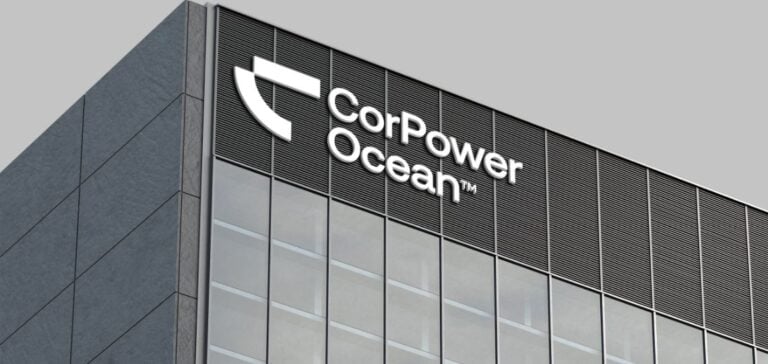SwitcH2, in partnership with CorPower Ocean, is working on the establishment of a unique industrial-scale floating green ammonia production unit. This facility will integrate advanced technologies for production, storage, and transport, with a major innovation: the use of buoys generating energy from waves to enhance the renewable energy mix.
A project funded by European initiatives
Thanks to funding from the Netherlands’ GroenvermogenNL TSE (Top Sector Energie) program, this project will be deployed in northern Portuguese waters. The platform will boast an annual production capacity of nearly 300,000 tons of green ammonia, designated for maritime and industrial applications.
Green ammonia, primarily used in fertilizers and as fuel, is a key component for decarbonizing hard-to-abate sectors such as maritime transport, which accounts for 3% of global greenhouse gas emissions. This market, valued at USD 0.7 billion in 2024, is expected to reach USD 55 billion by 2032.
An advance in wave energy
CorPower Ocean, a pioneer in wave energy technology, offers an innovative solution to harness this underutilized renewable resource. According to Kevin Rebenius, Commercial Director of CorPower Ocean, wave energy is a consistent and reliable source, ideal for stabilizing industrial processes requiring continuous energy supply.
A global impact
Beyond its Portuguese installation, SwitcH2 is planning new projects in West Africa and the Dutch North Sea. These strategic initiatives aim to strengthen ammonia and hydrogen exports to European markets, supporting the carbon neutrality goal.
Saskia Kunst, Director and Co-founder of SwitcH2, emphasizes that these floating platforms represent mobile assets capable of adapting to regions offering competitive renewable resources. This flexibility bolsters their potential for international expansion and gigawatt-scale achievements.
With recently secured funding by CorPower Ocean and the progress of these projects, the future of wave energy and green ammonia looks promising.






















